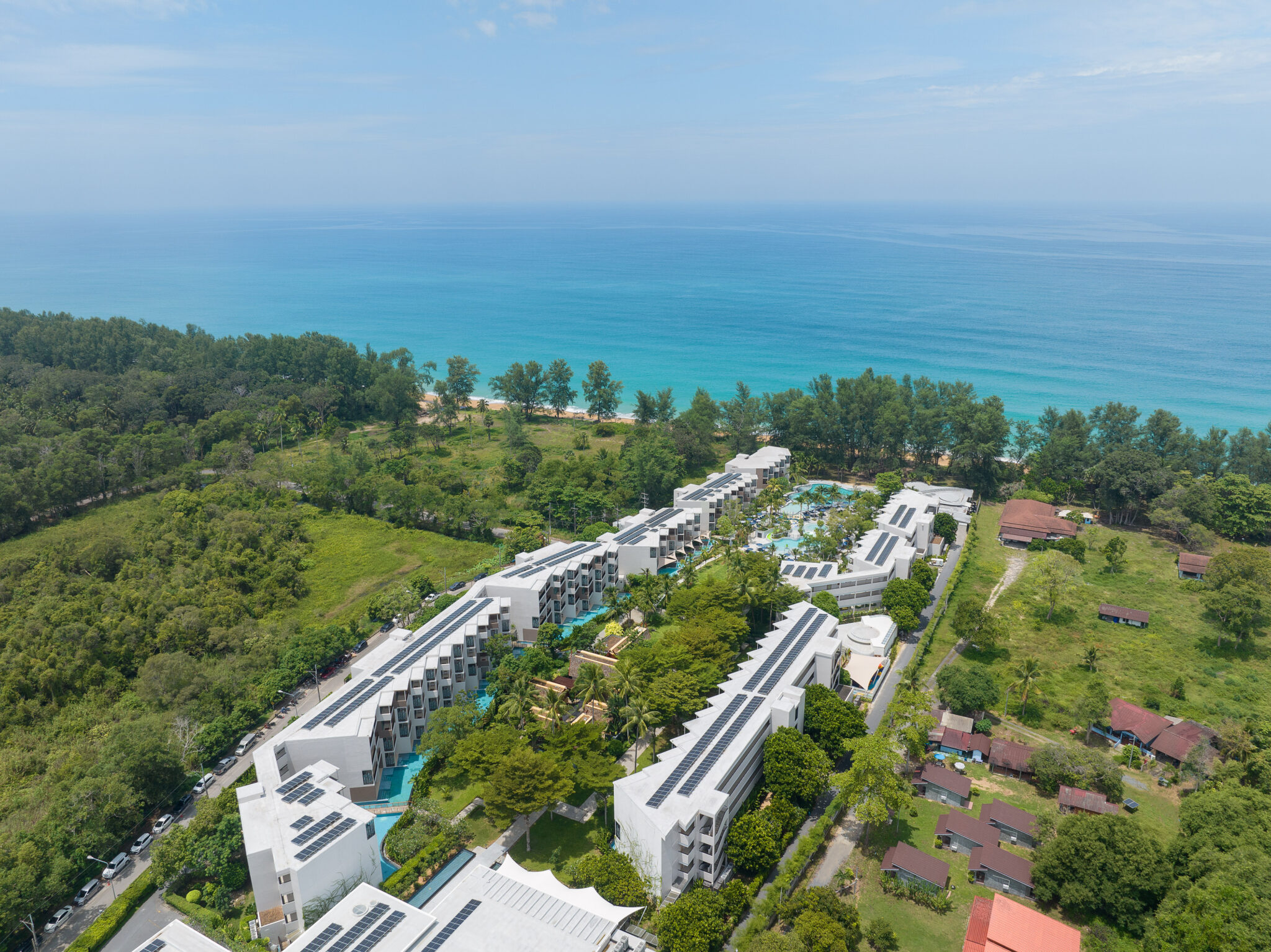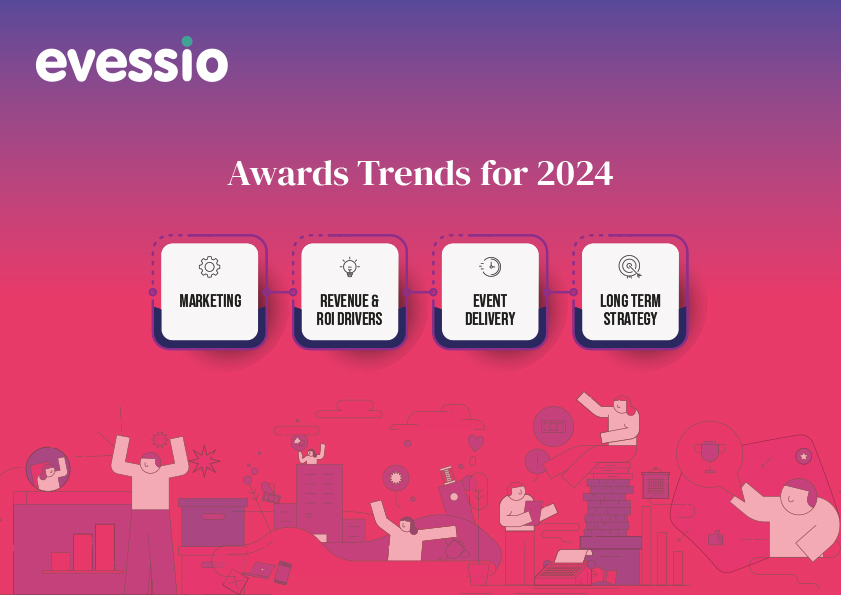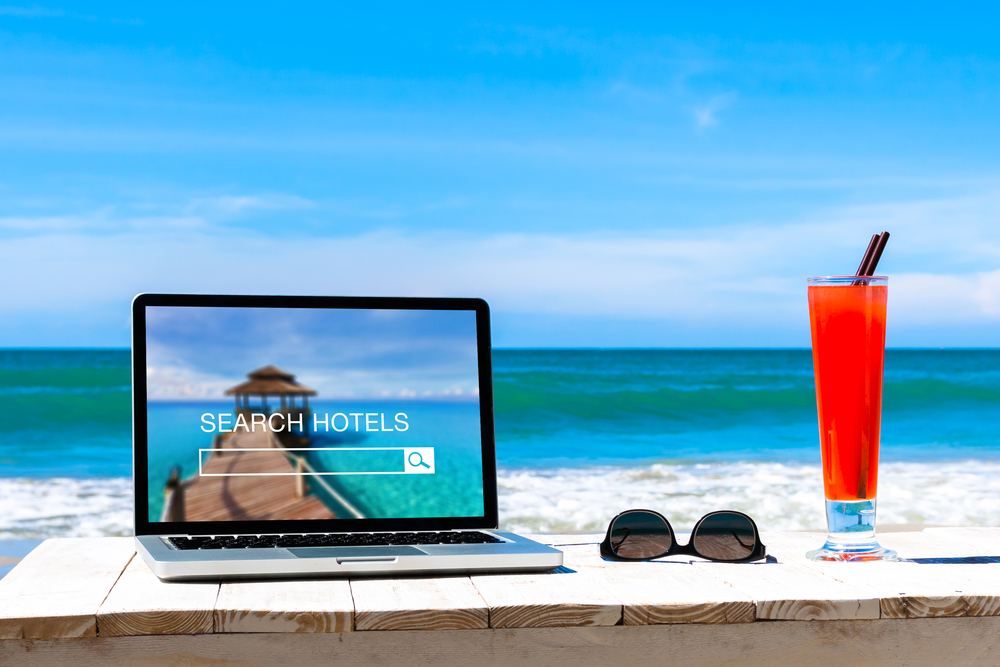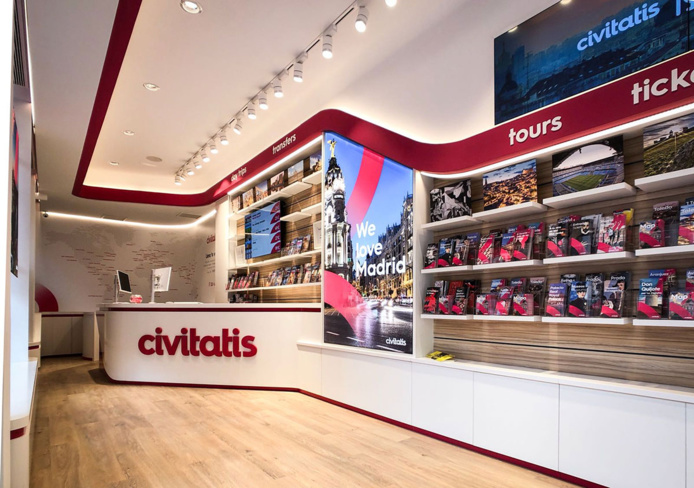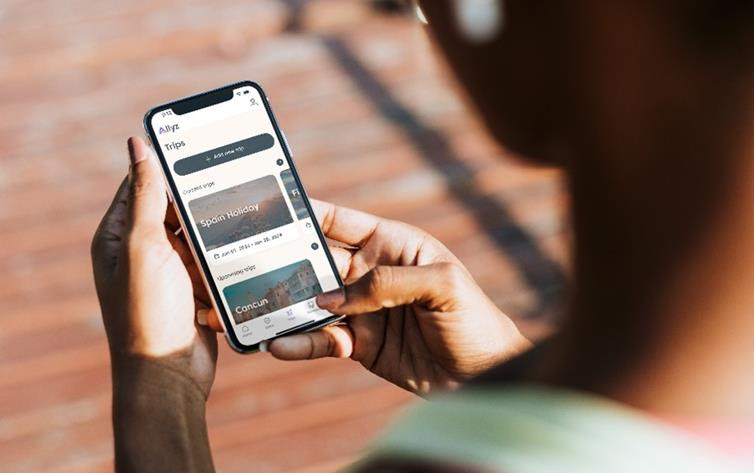It has been said that “It costs 10% less to go first class” because it can be true – if you know where to look and the questions to ask. When you travel or shop, you often get unanticipated benefits when you go up a notch and spend more money. Young travelers can be thrifty and cost-conscious because of budget limitations. (There is something to be said for staying in a youth hostel rather than staying home.)
But when resources meet old habits, it may be wise to look at things in a different way. Learning how to treat yourself well begins with questions and new thinking. Five travel hacks:
1. Renting a Car
This is a favorite example because it is often possible to get a larger, more comfortable vehicle for very little more and sometimes for even less than the daily cost to rent a compact or smaller car.
Join one or two car agency “clubs” connected to your credit card or wholesale consumer club like Costco or Sam’s or AAA. These often have even better rates for the nicer car classes. There are typically no fees to be a member and the prices can be markedly different, especially if you shop online.
2. Hotel Room
Reserving a regular room versus one on the concierge/ club level should be evaluated. The price difference for the concierge or club level rooms will often include benefits like internet access, fitness center admission, breakfast, afternoon cocktails, snacks, bigger rooms, and even more desirable floor levels. The differential may well be worth it.
Bookit.com and Hotels.com are good resources, as are the hotel websites themselves. Sheraton, Hilton, and Hyatt Regency hotels all have club or concierge level rooms. If you aren’t a frequent traveler, you can still have access if you just pay a little extra. Four Seasons doesn’t have a frequent guest program.
The price difference for club/concierge rooms at any chain can make a stay at a luxury property truly affordable and infinitely more memorable. Consider what you would spend for the food, beverages, and services elsewhere before you deny yourself luxury treatment.
3. Airline Tickets
We are all familiar with airline seating – Economy, Economy Plus, Business/ First Class. Middle seats cost less than aisles, windows, and exit rows in economy. Moving to better economy or business class seats can make sense, especially on long flights to Hawaii or Europe or Asia. It isn’t the price of the higher level cabin that matters. It is the “differential” between classes of service that deserves attention. That is the concept to remember.
Once you have enjoyed tasty food and top shelf beverages and a lay-down bed on your private flat screen TV, a commitment to good treatment every time is likely.
Utilizing fare-watching websites like Kayak.com can assist with getting good values at every cabin level. Note: The default cabin is economy when you search.
4. Cruise Cabins
Admittedly, it may not be worth it to book an owner’s cabin replete with multiple bedrooms, bathrooms, and grand piano if you aren’t rolling in dough. But getting a room mid-ship for convenient access to dining areas and key activities may only cost a few dollars per day.
This is also true for moving up to a room with a balcony. Or one with butler service. Or a suite with twice as much room space and a much bigger balcony. Before you book a cabin on a very low level or an inside cabin without a window, return to the “differential thinking”. Then ask a question or search online. A surprise could be in store.
5. Vacation Packages
If getting a combination package of services (car, air, hotel) makes sense, before you book, check with the package vendor or your travel professional about the availability of better rooms, airline seats, transportation services, extra benefits or discounts.



 share
share






















